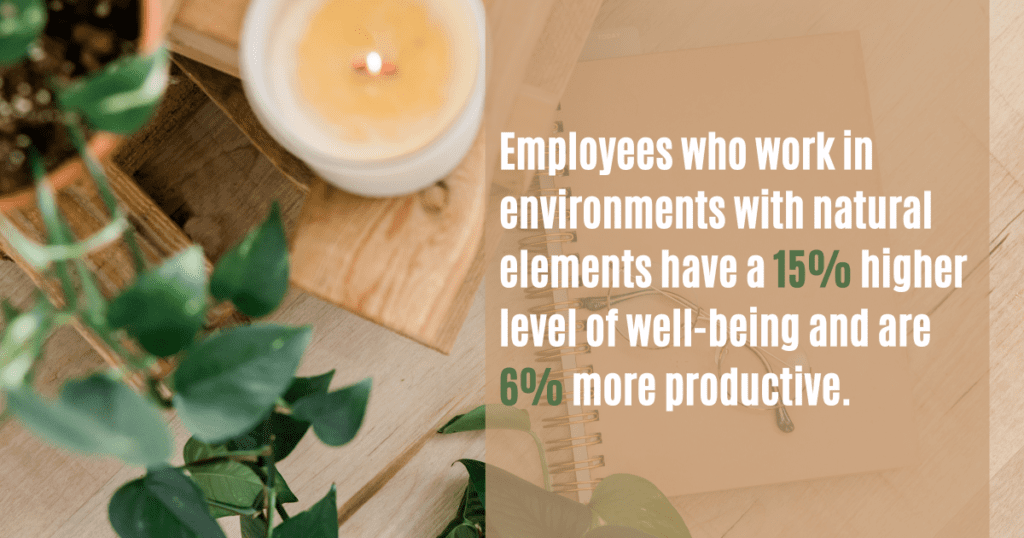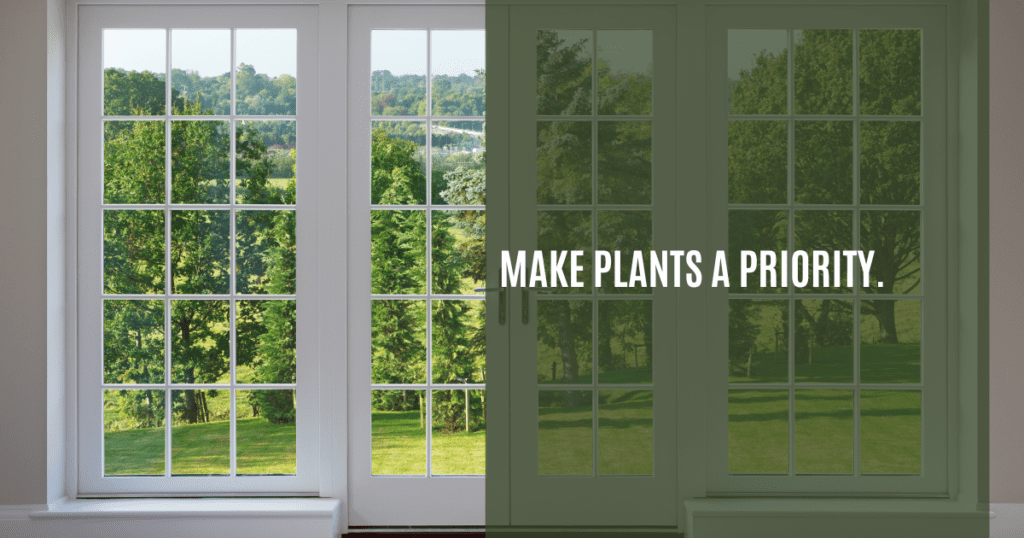Let Nature In

It’s the end of a long day. There is no better feeling than walking into a clean, welcoming environment, designed to improve your physical and mental health. That is the premise of biophilic design, based on the intrinsic human need to connect with nature. The concept of biophilic design is centered around incorporating natural elements as much as possible. Before you start installation on an indoor pool, there are alternative, more accessible options to improving your health at home!
The Backstory
E.O. Wilson introduced biophilic design in his book, “Biophilia,” which was published in 1984. As a biologist and professor emeritus at Harvard University, Wilson explains that humans are attracted to nature and attempt to imitate its elements in everyday life. That said, biophilic design is most important in spaces where people spend much of their time, like in an office or classroom.
The sterile, unnatural feel of an office or classroom space reflects just how far humans have disconnected themselves from nature. By incorporating biophilic design in these spaces, happiness and well-being is better fostered.
The Numbers

When implemented in the workplace or public areas, biophilic design can significantly improve job performance and lower blood pressure. In a global study conducted by Human Spaces, researchers discovered that employees who work in environments with natural elements have a 15% higher level of well-being and are 6% more productive.
Because the average American spends 90% of their life indoors, bringing the feeling of the outdoors inside can be soothing and calming, ultimately evoking happiness. The 14 patterns of biophilic design, which include the presence of water, dynamic light and airflow variability, can reduce stress, improve cognitive performance, enhance emotion and improve mood.
Biophilic Design at Home

How can you improve your sense of happiness at home? Incorporate biophilic design into your living spaces with a few simple adjustments:
- One of the easiest ways to implement biophilic design at home is to prioritize plants as decor. Begin with a low-maintenance plant for a bedside table or desk. Once you are more comfortable as a plant parent, dedicate an entire wall to your plant elements.
- Simply looking at nature can be beneficial. Adjust the seating areas of your home so that the outdoors is in full view. If you are feeling up to the challenge, install a skylight in the bathroom, kitchen or hallway.
- Connect the indoors and outdoors with the incorporation of sliding doors, joining your living space with your outdoor space. For a more immediate fix, open your windows on nice days to welcome the fresh air in. On hot or cold dates, make sure the blinds or curtains are open.
- Fill your home with textures and patterns that replicate the outdoors, like wood, leather and stone. Organic tones set a calming tone, bringing the colors of nature to your design elements.
Biophilia does not mean breaking the bank. Turn on a nature-oriented playlist while completing chores or while falling asleep, diffuse essential oils or add an air purifier to your space. As humans continue to take up space, biophilic design ensures that the connection between mankind and nature will never be lost.

